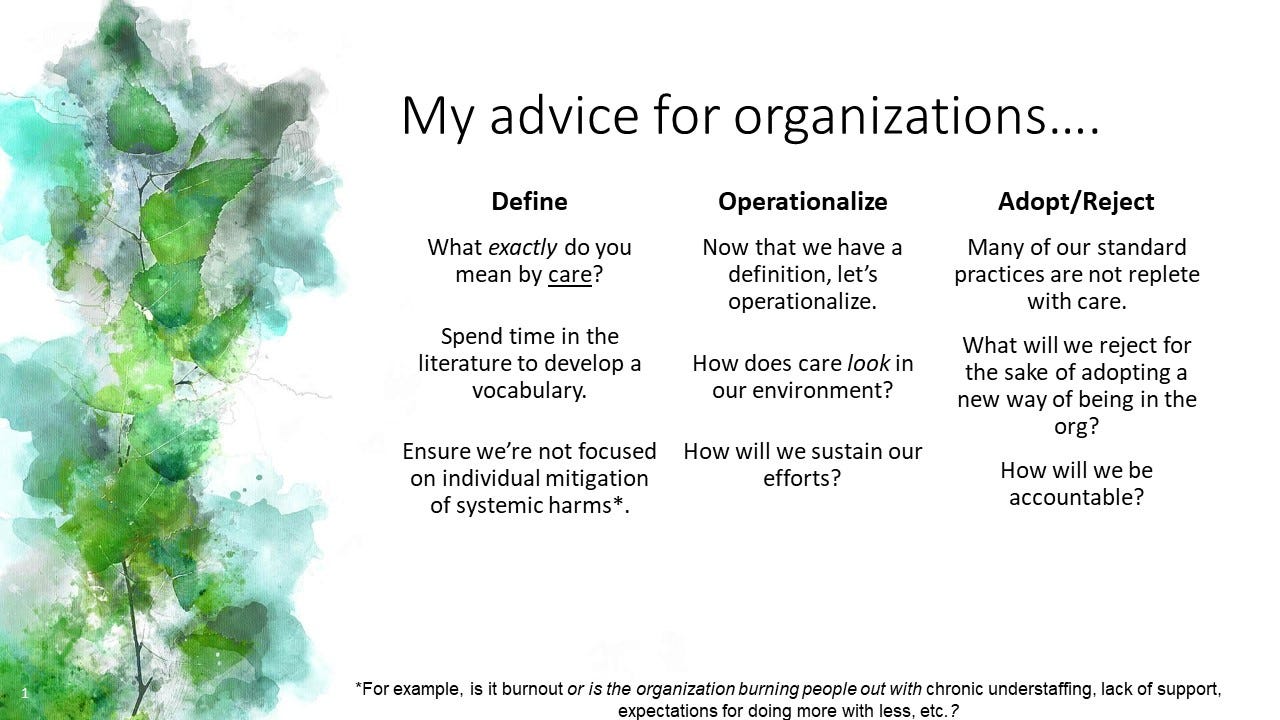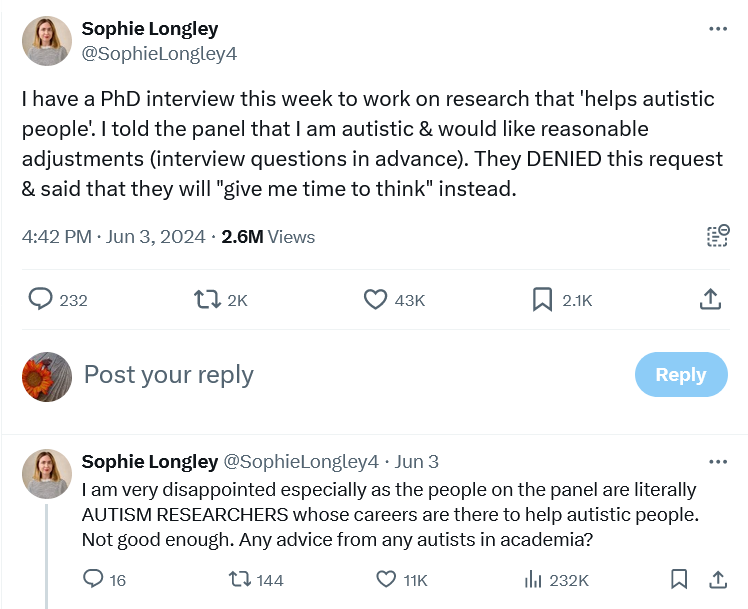The young people talk about their toxic traits, and here’s mine: I love meeting new people, and eventually, I’ll work the conversation around to their work lives because I always want to know how people experience their organizations.
I’m less interested in what — specifically — people do for a living and much more interested in how they experience their org dynamics, if they are part of an organization. People talking to me might walk away feeling like they’ve been interviewed, and …. yeah. I’m 100% mining you for data as I continue to explore org dynamics in various contexts.
Here’s a story I’ve been hearing A LOT, and it’s directly related to our last conversation about listening. It also probably stands out to me because it resonates with my own experiences in organizations.
Org members are Fed Up with this flow of events in organizations:
Leaders pitch The Next New Thing.
Org members provide feedback, sharing the limitations of the plan, the gaps, the dynamics that will result on the ground, and ideas for improvements.
None of that is heeded; the plan is rolled out.
All of the limitations, gaps, and ground-level negative consequences become apparent (just as we said).
Many of us who have lived our careers as gap fillers will step into the voids to ensure we’re still able to carry out our work effectively for whatever customers, clients, or processes we serve. We will individually compensate for dynamics created at the org or system level.
But at some point, we may come to a decision: Why am I doing this AGAIN? Leaders’ failure to anticipate these matters (despite direct feedback from the people closest to the action) creates problems for line employees, and over time erodes at our good will and trust.
Will we carry on and fill in the gaps, choking back what has become — for many org employees — yet another example of leadership failures?
Will we stop and say forget it? Will we carry out the plan just as they designed it, letting the gaps remain and shrugging our shoulders and disassociating ourselves from the processes?
Here’s where I’m struggling: I don’t believe these dynamics are accidental. I think they’re a byproduct of competing logics.
At the end of it, I think too many orgs at the leadership level are driven by short-term cost-savings (profit-generating for the minority, in commercial enterprises) at the sake of longer-term and more strategic decision-making.
In other words, I think orgs seek what’s good enough in the short term and make trade-offs that can frustrate org members and compromise long-term effectiveness. I am loosely calling this dynamic forewarned fallout. I don’t have advice for org members facing these dynamics just yet, but I’m working on it.
But I want to share a plan for orgs that do want to do the right thing in the right way for the sake of long-term effectiveness because one flaw I see in our change literature is a lack of the value of both specificity and clarity in change processes.
Recently, I presented at a conference focused on compassion and care in higher education and shared what I realized in the moment was a decent blueprint for change processes.

One thing I shared with the group during my talk is that literally no one in our environments would say they don’t care about our clients, patients, students, whatever. No one would ever say that.
Good change — especially when we’re talking about something a bit slippery like “care” — requires definition, operationalization, and a process of rejection and adoption.
But how we define and operationalize care is what matters most early in the process. Some of the practices endemic to our environments are inherently lacking in care, and we’ll want to be explicit about that: Here’s what we’re doing and how it’s not considered caring and compassionate. Here’s what we’ll do instead.
Here’s an example that illustrates the dynamic at play here. We have a failure of definition and operationalization on the matter of inclusion:

In a profit-based setting, imagine we set a goal in a different environment of being “customer-focused.” As an org member, I need to learn what that means and how that looks, initially.
But I also need to see how what we’re doing TODAY isn’t “customer-focused.” What behaviors are we rejecting and what are we adopting? That’s clarity and specificity: What are we not doing anymore for the sake of something new and different?
(And, my friends, if we can’t articulate that, perhaps we aren’t really doing anything new or different but are just painting a fresh coat of shellac on problematic practices.)
To me, org change is just a teaching and learning process. What I recognize, though, is that not everyone is skilled in these areas. Not everyone can articulate theories of change effectively (HOW and WHY will what we’re doing elicit the results we desire?) or identify the steps required to adopt new mindsets or behaviors.
Not everyone can explain what it means to fold in the cheese.
Part of effective communication in org change, then, is about explicitness. One of my core beliefs is that people in our orgs will do whatever we ask, as long as we are clear and specific.









Share this post